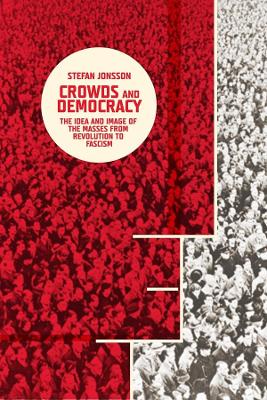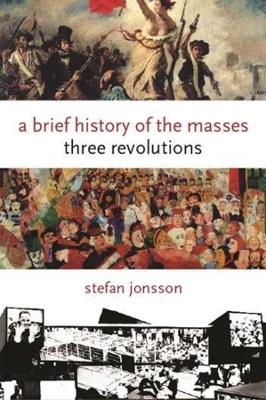Columbia Themes in Philosophy, Social Criticism, and the Arts
2 total works
Between 1918 and 1933, the masses became a decisive preoccupation of European culture, fueling modernist movements in art, literature, architecture, theater, and cinema, as well as the rise of communism and fascism and experiments in radical democracy. Spanning aesthetics, cultural studies, intellectual history, and political theory, this volume unpacks the significance of the shadow agent known as "the mass" during a critical period in European history. It follows its evolution into the preferred conceptual tool for social scientists, the ideal slogan for politicians, and the chosen image for artists and writers trying to capture a society in flux and a people in upheaval. This volume is the second installment in Stefan Jonsson's epic study of the crowd and the mass in modern Europe, building on his work in A Brief History of the Masses, which focused on monumental artworks produced in 1789, 1889, and 1989.
Stefan Jonsson uses three monumental works of art to build a provocative history of popular revolt: Jacques-Louis David's The Tennis Court Oath (1791), James Ensor's Christ's Entry into Brussels in 1889 (1888), and Alfredo Jaar's They Loved It So Much, the Revolution (1989). Addressing, respectively, the French Revolution of 1789, Belgium's proletarian messianism in the 1880s, and the worldwide rebellions and revolutions of 1968, these canonical images not only depict an alternative view of history but offer a new understanding of the relationship between art and politics and the revolutionary nature of true democracy. Drawing on examples from literature, politics, philosophy, and other works of art, Jonsson carefully constructs his portrait, revealing surprising parallels between the political representation of "the people" in government and their aesthetic representation in painting. Both essentially "frame" the people, Jonsson argues, defining them as elites or masses, responsible citizens or angry mobs.
Yet in the aesthetic fantasies of David, Ensor, and Jaar, Jonsson finds a different understanding of democracy-one in which human collectives break the frame and enter the picture. Connecting the achievements and failures of past revolutions to current political issues, Jonsson then situates our present moment in a long historical drama of popular unrest, making his book both a cultural history and a contemporary discussion about the fate of democracy in our globalized world.
Yet in the aesthetic fantasies of David, Ensor, and Jaar, Jonsson finds a different understanding of democracy-one in which human collectives break the frame and enter the picture. Connecting the achievements and failures of past revolutions to current political issues, Jonsson then situates our present moment in a long historical drama of popular unrest, making his book both a cultural history and a contemporary discussion about the fate of democracy in our globalized world.

